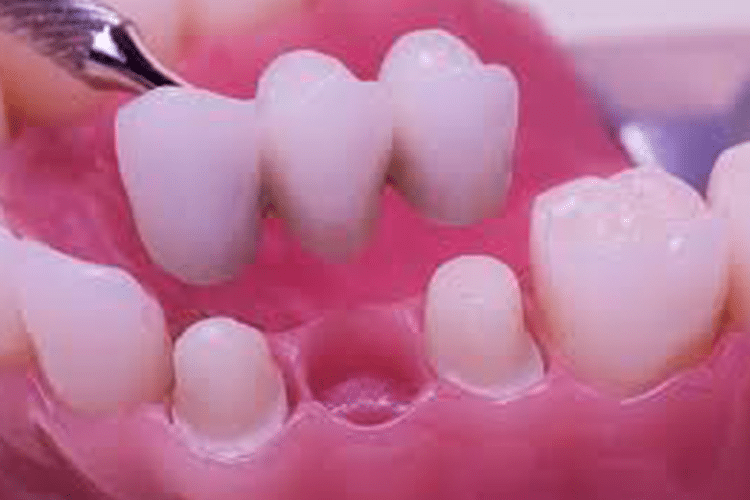
It is important to replace teeth that have been lost due to injury or decay. When lost teeth are replaced, you can rest assured that your bite will remain aligned and your jaw bone strong. By keeping your mouth in a healthy state, you lower your risk for periodontal disease as well. Dental bridges are one solution for missing teeth. Dr. Jay C. Hazen, a respected Madison cosmetic dentist, makes sure his patients understand the dental bridges procedure, as well as the benefits and risks involved
Candidates for Dental Bridges
The ideal candidate for dental bridges is a patient with good overall oral health who has suffered tooth loss. Your remaining teeth and jaw will need to be healthy so that the dental bridge can be supported.
The Procedure
A dental bridge consists of two teeth, known as the abutment teeth, which will serve as the anchors for the solid center piece, known as the pontic. A dental bridge can be anchored by either dental implants or dental crowns. A cast will be made of the abutment teeth to ensure a proper fit for the dental bridge. We will also select a color for the dental bridge. Dr. Hazen will choose a color that closely matches your surrounding teeth. When your dental bridge is ready to be placed, Dr. Hazen will check the fit and comfort of the bridge before securing the pontic to the abutment teeth to fill in the gap.
Benefits of Dental Bridges
Dental bridges are a discreet treatment option for missing teeth because they blend in naturally with the color and appearance of your surrounding teeth. In addition to restoring the beauty of your smile, dental bridges offer the following benefits:
- Dental bridges restore function to your mouth and allow you to speak and chew properly.
- Dental bridges prevent the misalignment of surrounding teeth.
- Dental bridges are easy to care for.
- Dental bridges are a long lasting treatment option and can last for more than 10 years.
Dental Bridges Risks
As with all dental procedures, there are risks to consider before undergoing treatment for dental bridges. These risks include:
- Tooth decay in anchor teeth: Because the teeth on either side of the dental bridge will need to be filed down in preparation for the abutment, these teeth will be more susceptible to tooth decay.
- Damage to neighboring teeth: Over time, the dental bridge can become rough and may wear down the enamel of surrounding teeth that come into contact with the dental bridge. If you notice your dental bridge becoming rough, Dr. Hazen can polish it for you.
- Gum disease: Patients with dental bridges are at higher risk for gum disease. Regular brushing and flossing, as well as biannual dental cleanings can help you avoid gum disease.
- Lost bridge: If the anchor teeth become loose, you are at risk for losing your dental bridge or the abutment teeth. If you notice the teeth become loose, see Dr. Hazen immediately to avoid losing your bridge.
- Fractures: The abutment teeth and pontic can be fragile. You should avoid eating rough, hard food to prevent fractures. Small fractures may be able to be repaired, but larger ones may require a new bridge.
Schedule an Appointment
If you would like to learn more about dental bridges and see if you may be a candidate for treatment, schedule an appointment with Dr. Jay C. Hazen. For our patients in Madison, porcelain veneers, dental bonding, teeth whitening, and more are also available to address cosmetic flaws. We look forward to working with you to improve your smile.
